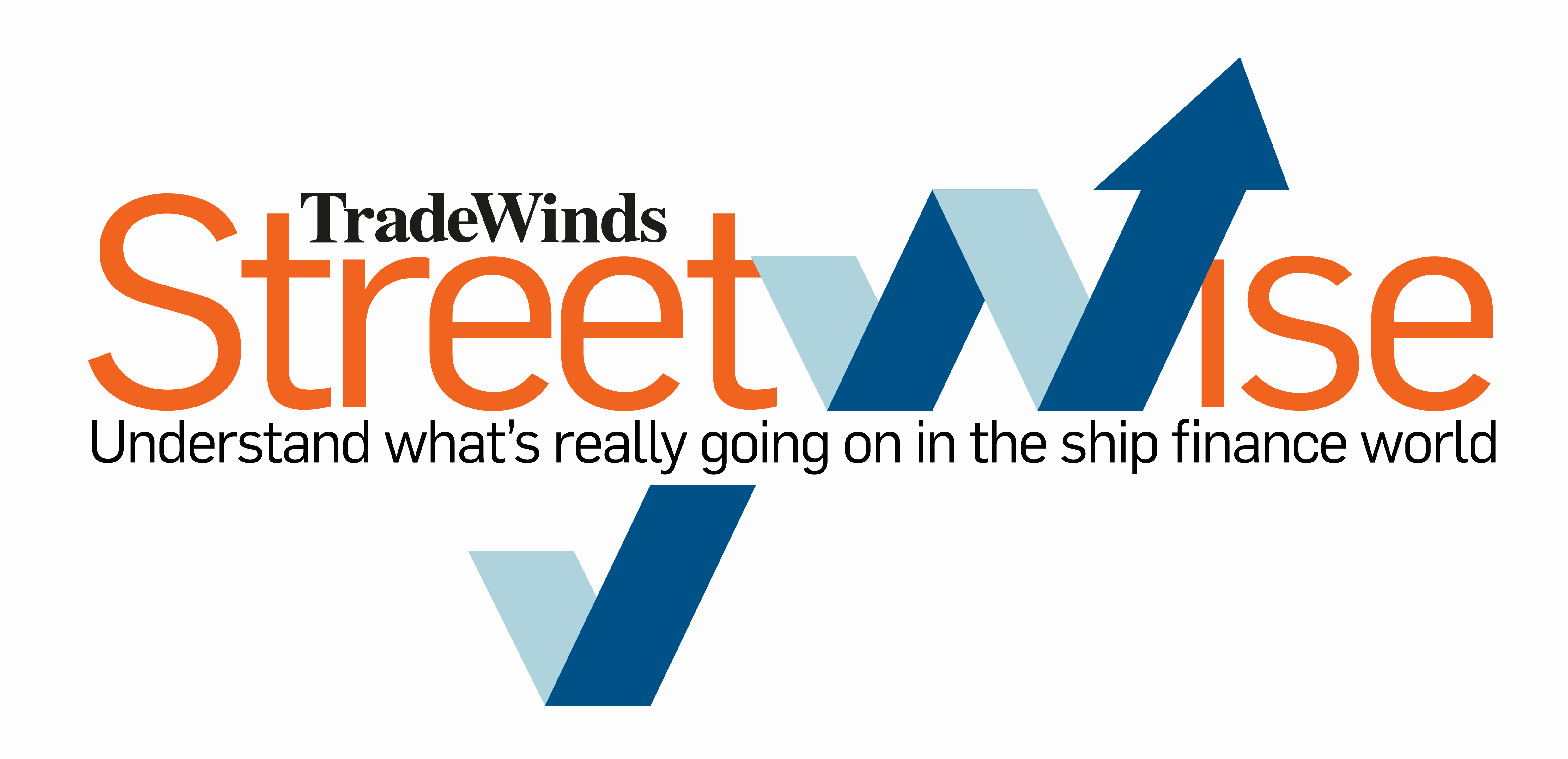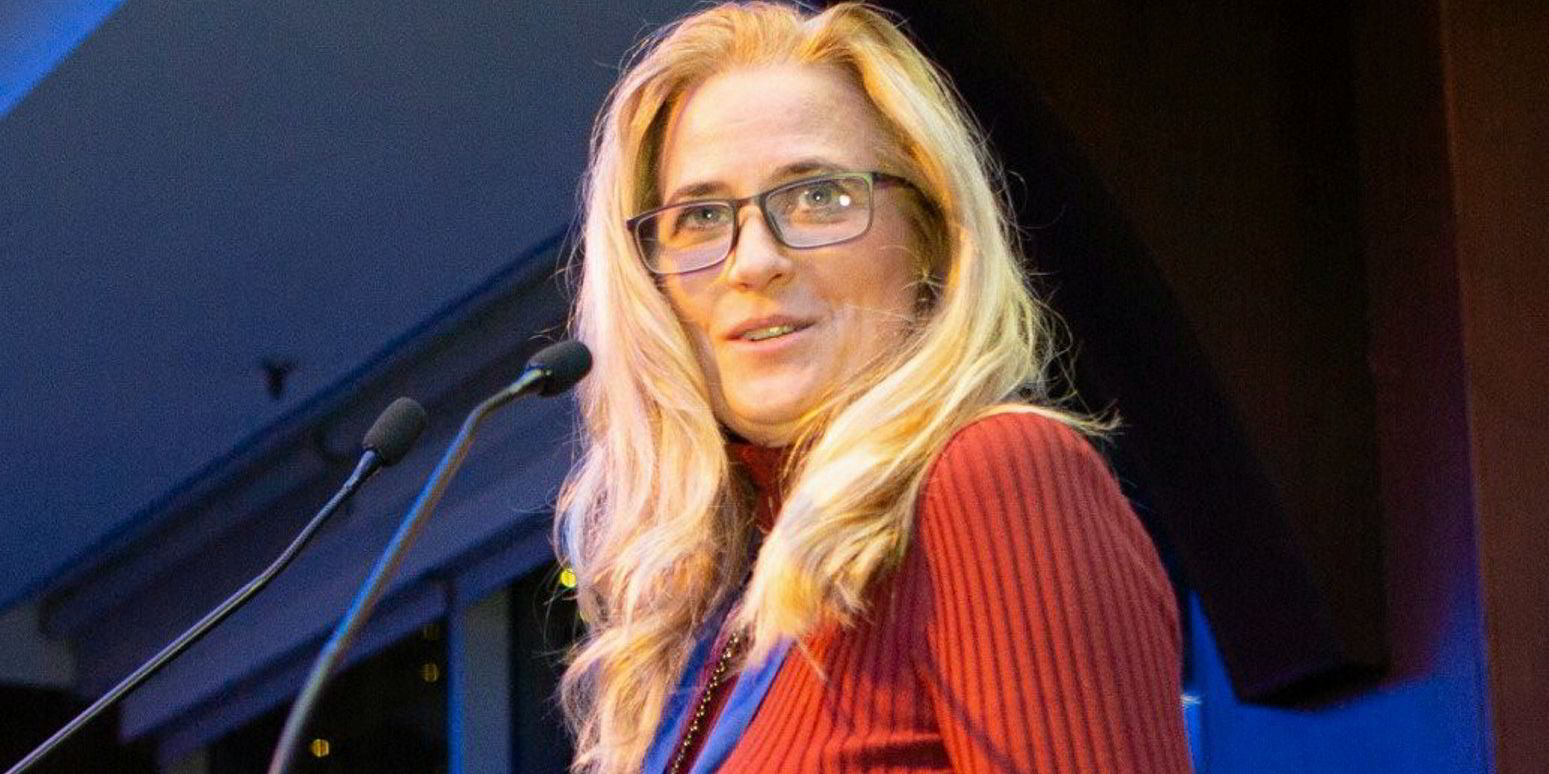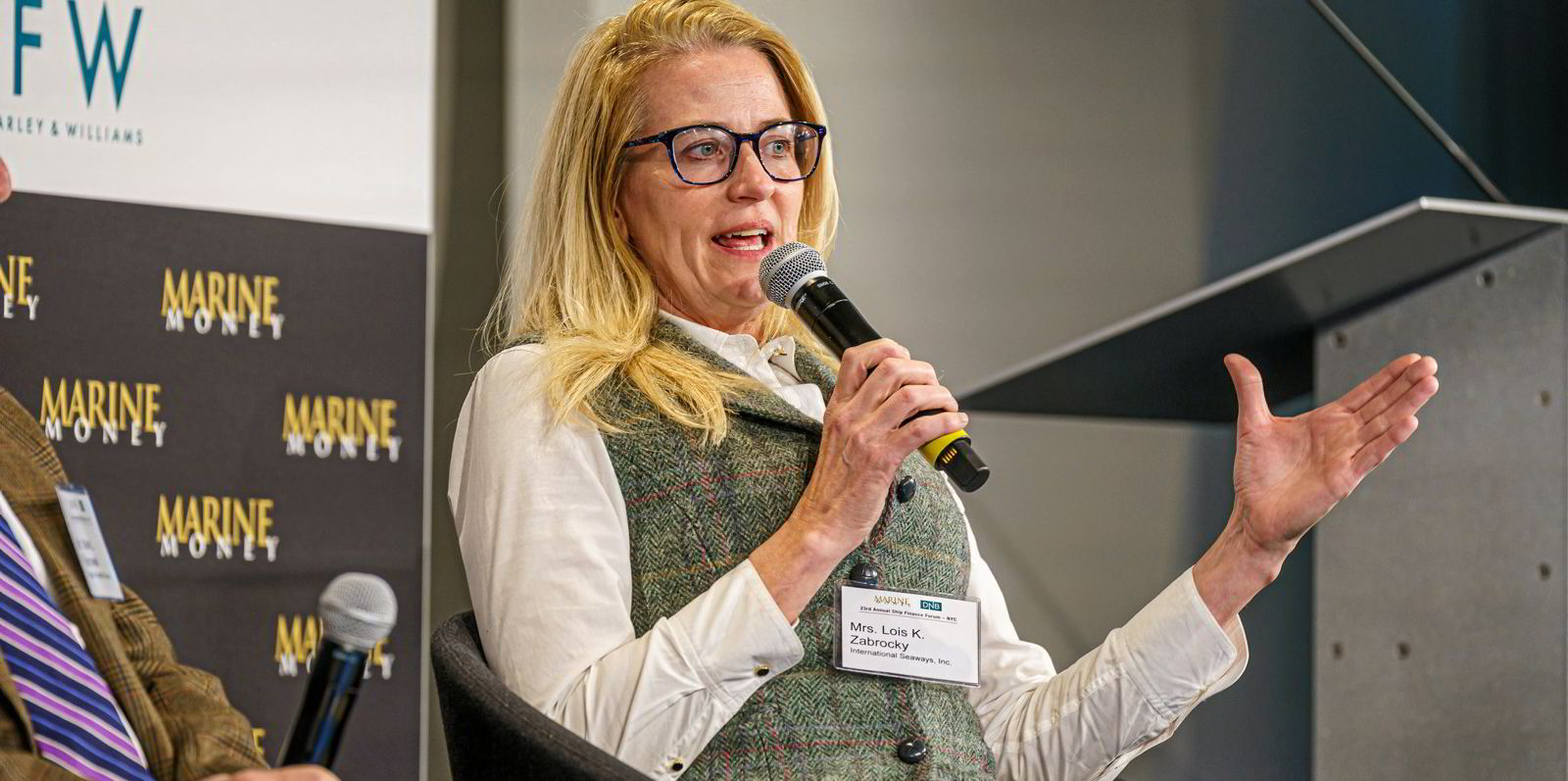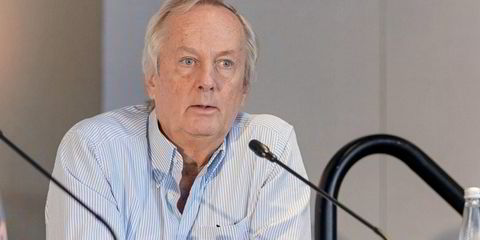International Seaways’ plunge into the LNG dual-fuel tanker market in 2021 has helped lay the groundwork for its new order of two LR1 tankers in South Korea.
Chief executive Lois Zabrocky shared details of its newbuilding plans — first reported by TradeWinds on Tuesday — in an interview following release of second-quarter earnings on Wednesday.
Zabrocky confirmed that the Manhattan-based owner is taking two scrubber-fitted, dual-fuel LR1s from South Korean yard K Shipbuilding at a total cost of $115m, with delivery scheduled for 2025. Seaways holds options for two more vessels.
It is the company’s first newbuilding order since the early-2021 splash on three dual-fuel LNG VLCCs from South Korea’s Daewoo Shipbuilding & Marine Engineering, and Zabrocky drew a link between the two.
“We are leveraging and benefiting from our experience building the three dual-fuel VLCCs operating with LNG as a fuel today,” Zabrocky said.
She added that the tankers will be equipped with high-efficiency MAN electronic engines.
“Their main equipment will be certified and fully class approved to operate on LNG, allowing for effective conversion of the fuel gas system and LNG bunker tank installation in the future,” Zabrocky said.
“While this means investment today in extra steel on deck, oversized generators and space and considerations for other systems, we are also prepared and allowing for a multi-fuel future where we can accommodate biodiesel drop-in fuels and/or explore carbon-capture solutions.”
She said ships with the same engines are running on methanol today.
“While logistics build out and regulations evolve, these strategic ships will steam with 25% more efficiency than our LR1s on the water today and represent a special value proposition for Seaways,” Zabrocky said.
Seaways’ current fleet of seven LR1s all operate in its Panamax International joint venture with Ultranav of Chile and Flota Petrolera Ecuatoriana, or Flopec, of Ecuador — and Zabrocky said that is where the newbuildings are headed once delivered in 2025, “when we will mark 20 years with our partners and customers dedicated to this outperforming trade”.
The venture has about 25 tankers in total and historically has achieved a rates premium to the market, but none of the existing Seaways vessels are younger than a 2011 vintage.

A pair — the 74,900-dwt Seaways Visayas and Seaways Luzon — were built in 2006, but Zabrocky said no decision has been taken as to whether they will be replaced once the newbuildings are delivered.
William Nugent, head of ship operations at Seaways, said on an investor call on Wednesday that the additional modifications likely to be made to the tankers usually cost in the range of $12m to $13m each.
All three of the dual-fuel VLCCs on charter to oil major Shell have now been delivered.
All are fixed at base rates of $31,000 per day for seven years with a profit share. Seaways said on Wednesday that it had realised $43,000 per day during the second quarter given the higher average spot-market rates that were prevalent.





